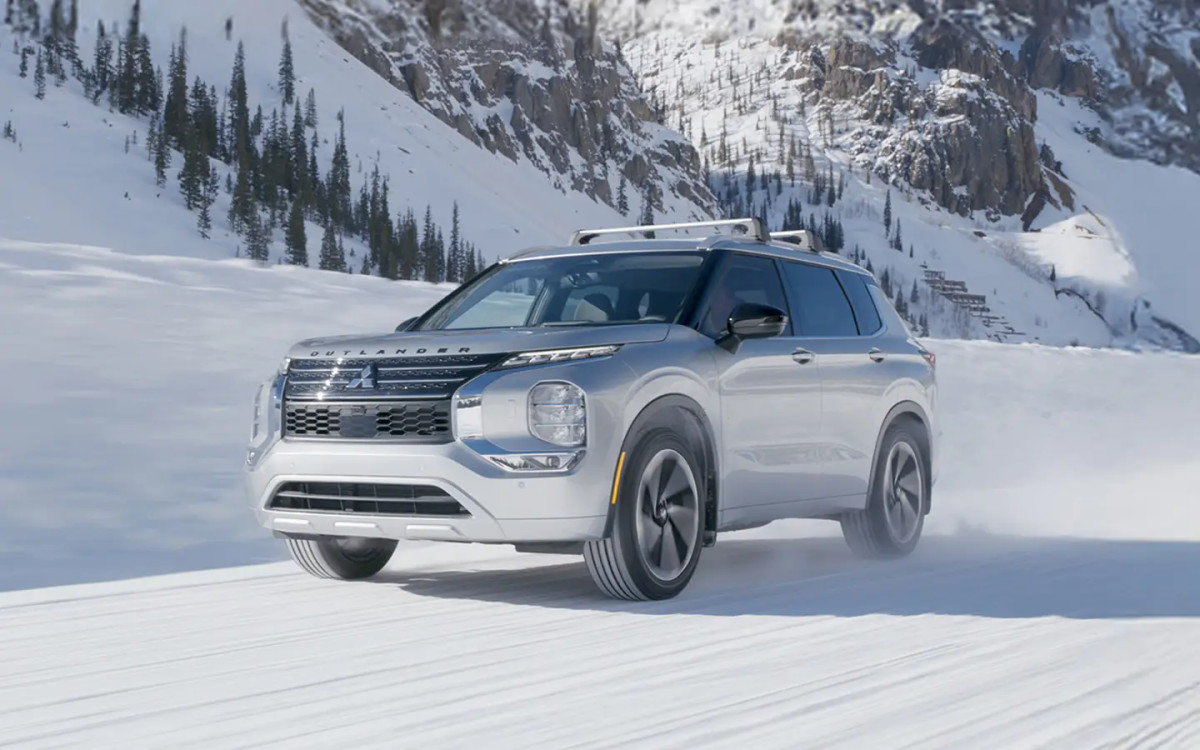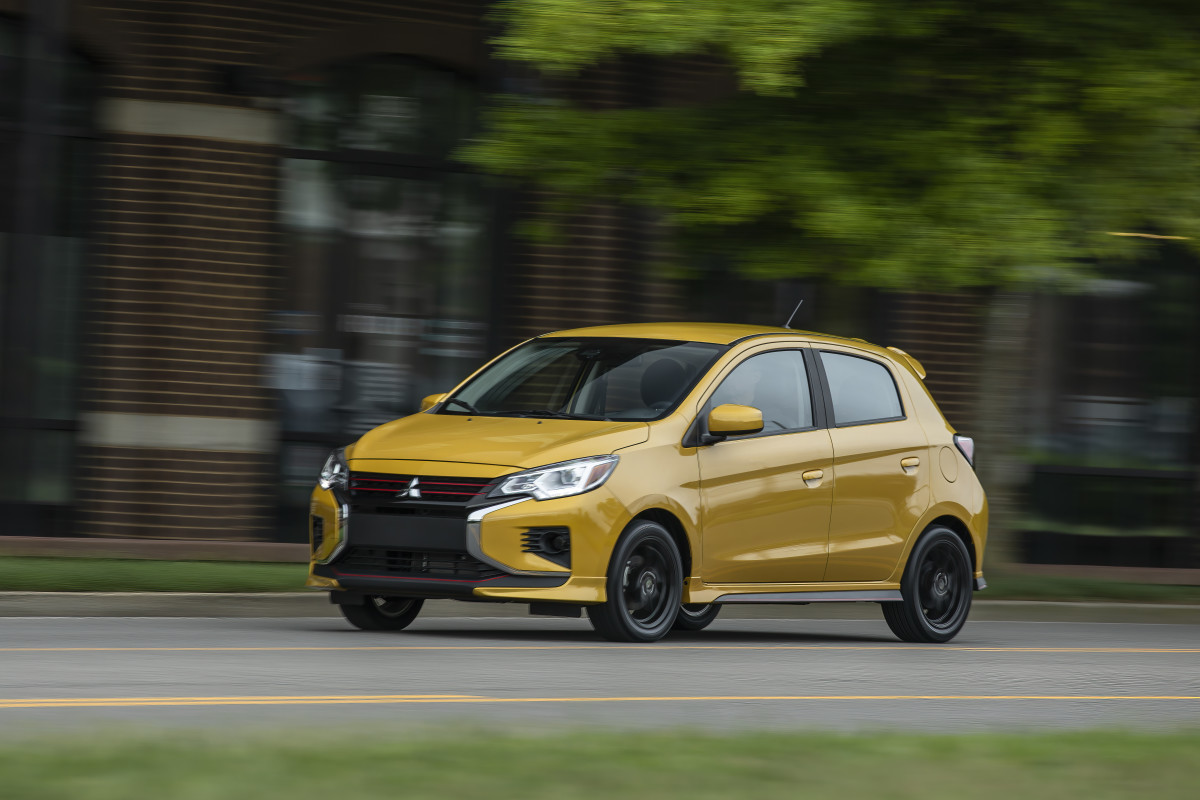Mitsubishi’s Tariff Challenge

Mitsubishi Motors, known for models like the Outlander SUV and the compact Mirage, is currently navigating through a bumpy ride due to new tariff rules. The Trump administration has imposed a 25% tariff on car imports and parts, and Mitsubishi has decided to temporarily halt its shipments to the United States. It seems the automaker wants a clearer picture of the tariff landscape before proceeding. This move is a strategic pause aimed at keeping potential costs at bay while leveraging existing stock at dealerships. It’s a smart play from the automaker to keep the ships at bay until more details emerge.
Interestingly, this situation isn’t immediately impacting the customer choice at dealers. Mitsubishi has confirmed that there’s a robust supply chain with nearly a 100-day inventory onshore. Specifically, 80% of over 20,000 tariff-free cars are already stationed on dealer lots, including 6,377 models of the Outlander. Though the price tags remain steady for now, Mitsubishi has cut back on purchasing incentives, yet buyers can still grab a $1,000 customer cash incentive. Moreover, financing options at 4.99% add another layer of allure for potential buyers.
Driving Experience

Driving a Mitsubishi, especially the Outlander or the compact Mirage, offers a distinct experience. The Outlander, with its SUV stature, presents a comfortable and confident drive. It might not have the flash of luxury brands, but it competes well with other family SUVs such as the Honda CR-V and Toyota RAV4 in terms of reliability and practicality. The ride is easy, with ample space and user-friendly tech features that make it suitable for a wide range of drivers. Meanwhile, the Mirage focuses on being an efficient, no-frills commuter car, excelling in fuel economy, which appeals more to urban drivers looking for simplicity and low running costs.
Mitsubishi in Context
Unlike Honda or Toyota, which have plants in the U.S., Mitsubishi imports all its models directly from Japan, making them susceptible to these tariffs. This places Mitsubishi in a tighter spot when it comes to adapting to stringent trade policies. Despite these hurdles, Mitsubishi showed promising numbers in the first quarter of 2025 with a sale of 31,637 vehicles across North America, marking an 11% rise compared to the previous year. The Outlander continues to lead the lineup, accounting for nearly 12,000 of those units sold.
Other automakers are also in a similar tug-of-war with tariffs. Audi, for instance, is holding up 37,000 cars at ports, while Jaguar Land Rover halted their U.S. shipments to re-evaluate the situation. It’s a dynamic dance of supply and demand where each manufacturer’s strategy could sway based on forthcoming economic policies.
Final Take
The current tariff scenario is shaping up to be a key player in the auto industry’s future. Brands are now evaluating whether absorbing such tariffs or finding alternate solutions is viable. While luxury brands such as Audi and Jaguar can ride the wave to some extent, mainstream brands like Mitsubishi are at a crossroads. Decisions made in response to these tariffs may reshape the selection at local dealers, potentially limiting choices to models that manufacturers deem financially feasible to absorb the extra costs. As history has shown with isolationist trade policies, the future impact remains uncertain, but one thing is clear—strategic adjustments are inevitable.
Safari Adventure Unleashed
Tesla Under Attack
Honda Boosts US Output
Corvette Joins Patrol
Carbon Fiber Clash